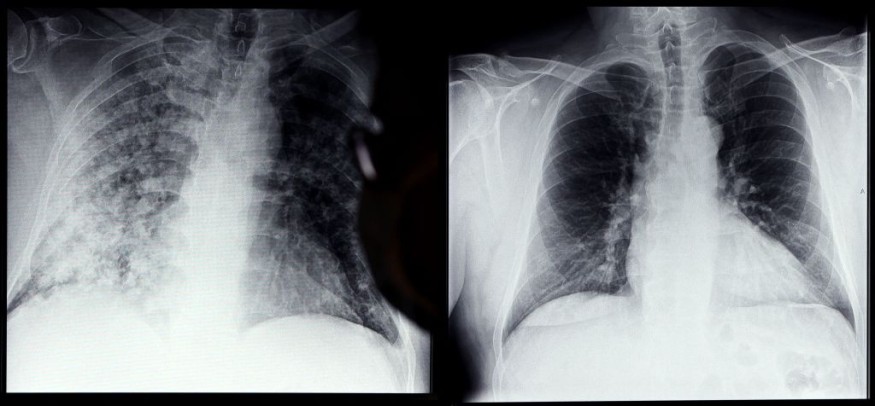Non-small cell lung cancer (NSCLC) is considered to be a deadly recurring disease.
With a high mortality rate, NSCLC has been associated with lung cancer recurrence among previous patients with no cure in sight.
The disease is also one of the leading cancer deaths in the United States over the years.
However, a new groundbreaking study suggested that researchers from the University of Missouri (UM) have developed a new tumor-cell detecting model to track and combat lung cancer recurrence.
The findings highlight the potential new approach to lung cancer therapy and lung cancer treatment.
Tumor Cell-Detecting Model

In the new paper published in the journal Molecular Cancer on March 12, the UM researchers focused on a tumorigenic circulating tumor cell (CTC) as a new approach to determine future recurrences of NSCLC.
Due to the rarity of CTCs, no existing models are capable of detecting them directly from lung cancer patients.
In conclusion, the scientists recommended the CTC-derived xenograft (CDX) models or CTC-based mouse models to be a new tool and approach when it comes to treating lung cancer, a potential breakthrough in the field of oncology and other concerned branches of medicine.
Experimentation
The researchers enrolled ten human patients with NSCLC.
The team then took tumor fragments from the patients and transferred them to immunodeficient mice. The experiment required the researchers to identify, isolate, and inject the CTCs as liquid biopsies into a separate group of mice.
The study's experiments yielded that CTC samples from two out of the ten NSCLC human patients became stable.
Although the result showed a 20% success rate against recurring lung cancer, further tests are likely to be required following the research.
NSCLC
According to the National Cancer Institute (NIH), NSCLC is a type of epithelial lung cancer, and it is different from small cell lung cancer (SCLC).
Some of the most common forms of NSCLC are adenocarcinoma, large cell carcinoma, and squamous cell carcinoma.
The American Society of Clinical Oncology (ASCO) stated that carcinoma is one out of the four types of cancers that primarily begins in the skin or tissue at the surface of internal organs and glands.
The other types and their affected areas are sarcoma (body tissue), leukemias (blood), and lymphomas (lymphatic system), said ASCO.
Lung Cancer Statistics
Lung cancer takes place when uncontrollable replication of mutated cells in the lungs happen.
Lung carcinoma causes the formation of abnormal lung nodules or pulmonary nodules. Large nodules in the lungs are reportedly the starting point of the growth of cancer tumor cells.
During the onset of the novel coronavirus disease (COVID-19) in March 2020, lung cancer is one of the many medical conditions that lead to health complications and even death for COVID-19 patients; due to aggravated shortness of breath and respiratory problems.
The malignant lung tumor has been a challenge for oncologists and medical professionals in the healthcare industry.
Over the years, lung cancer has been responsible for a 50% mortality rate among American cancer deaths.
In fact, the American Cancer Society (ACS) estimated that malignant lung tumors in the US in 2022 will see approximately 235,000 new cases and around 130,000 deaths.
Related Article: Novartis's Drug for Lung Cancer Gets FDA Nod
© 2025 NatureWorldNews.com All rights reserved. Do not reproduce without permission.





